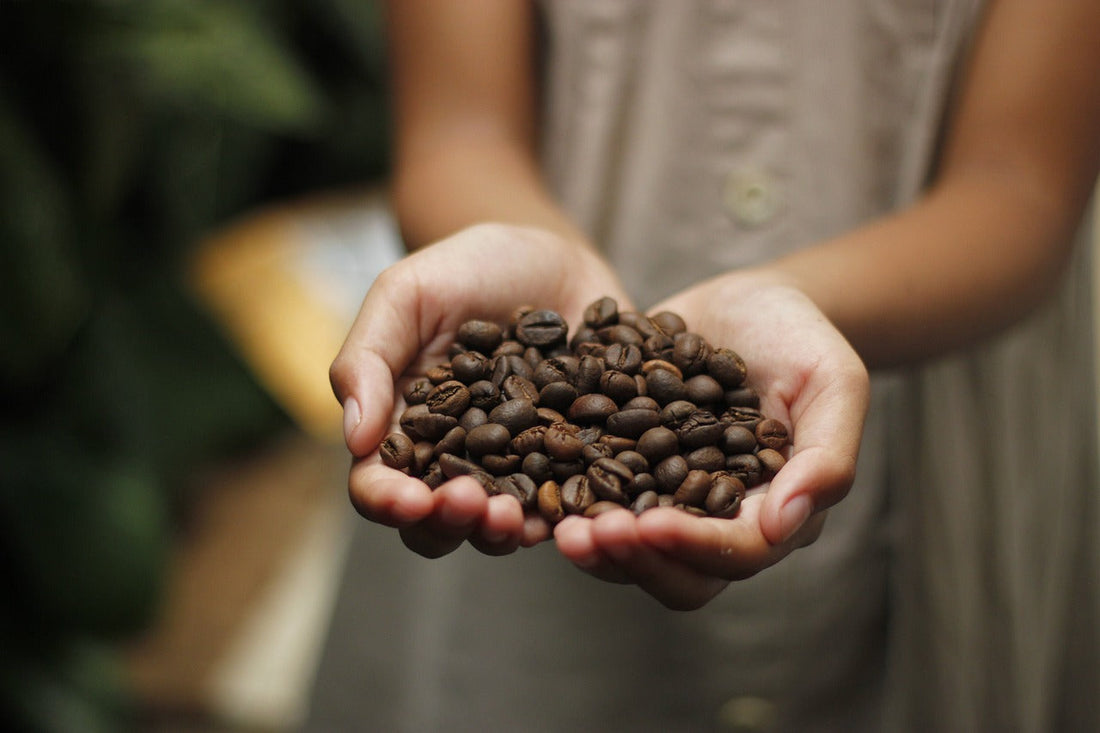
What is Coffee?
Share
Coffee is one of the world's most beloved beverages, enjoyed by millions of people every day. But beyond being a morning pick-me-up, coffee has a rich history, complex chemistry, and cultural significance that make it a truly fascinating drink. Let's explore what coffee is and what makes it so special.
The Origins of Coffee
The story of coffee dates back to ancient Ethiopia, where legend has it that a goat herder named Kaldi discovered the energizing effects of coffee beans after noticing his goats becoming unusually lively after eating them. From Ethiopia, coffee spread to the Arabian Peninsula, where it became a vital part of daily life and culture. By the 15th century, coffee was being cultivated and traded in the Yemeni district of Arabia, and it eventually made its way to Europe, Asia, and the Americas.
What is Coffee?
Coffee is a brewed beverage made from the roasted seeds, or "beans," of the Coffea plant. There are two main species of coffee plants: Coffea arabica and Coffea canephora (commonly known as robusta). Arabica beans are known for their smooth, nuanced flavors, while robusta beans are typically stronger, more bitter, and contain higher levels of caffeine.
The Coffee Plant
Coffee plants are evergreen shrubs that thrive in tropical climates. They produce small, cherry-like fruits, each containing two seeds (the coffee beans). These beans undergo several stages of processing, including:
- Harvesting: Coffee cherries are picked, often by hand, to ensure only the ripe ones are collected.
- Processing: The beans are extracted from the cherries through either a dry or wet processing method.
- Drying: The beans are dried to reduce moisture content.
- Milling: The dried beans are hulled to remove the parchment layer, and then polished and graded.
Roasting Coffee
Roasting transforms green coffee beans into the aromatic, flavorful beans we recognize. The roasting process involves heating the beans to high temperatures, causing chemical changes that develop the coffee's flavor and aroma. Roasting levels vary, from light to dark, each offering different taste profiles:
- Light Roast: Bright, acidic flavors with subtle complexities.
- Medium Roast: Balanced flavors with moderate acidity and body.
- Dark Roast: Bold, robust flavors with lower acidity and a fuller body.
Brewing Coffee
Brewing coffee involves extracting soluble compounds from the ground beans using water. Various brewing methods, including drip coffee, espresso, French press, pour-over, and AeroPress, offer different flavor experiences. Key factors influencing the brew include water temperature, grind size, and brew time.
Coffee Culture
Coffee has become more than just a beverage; it's a global cultural phenomenon. In Italy, espresso is a daily ritual. In Japan, meticulously crafted pour-over coffee is an art form. In the United States, coffeehouses serve as social hubs for communities. Coffee ceremonies in Ethiopia and Turkey highlight the drink's cultural and social significance.
Health Benefits and Considerations
Coffee is known for its stimulating effects due to caffeine, but it also contains antioxidants and other beneficial compounds. Moderate coffee consumption has been linked to various health benefits, including improved cognitive function and reduced risk of certain diseases. However, excessive consumption can lead to negative effects like insomnia and increased heart rate.
Conclusion
Coffee is more than just a drink; it's a journey through history, culture, and flavor. From its ancient origins to its modern-day significance, coffee continues to be a source of enjoyment, connection, and inspiration for people around the world. So, next time you sip your coffee, take a moment to appreciate the rich tapestry of stories and processes that brought it to your cup.
